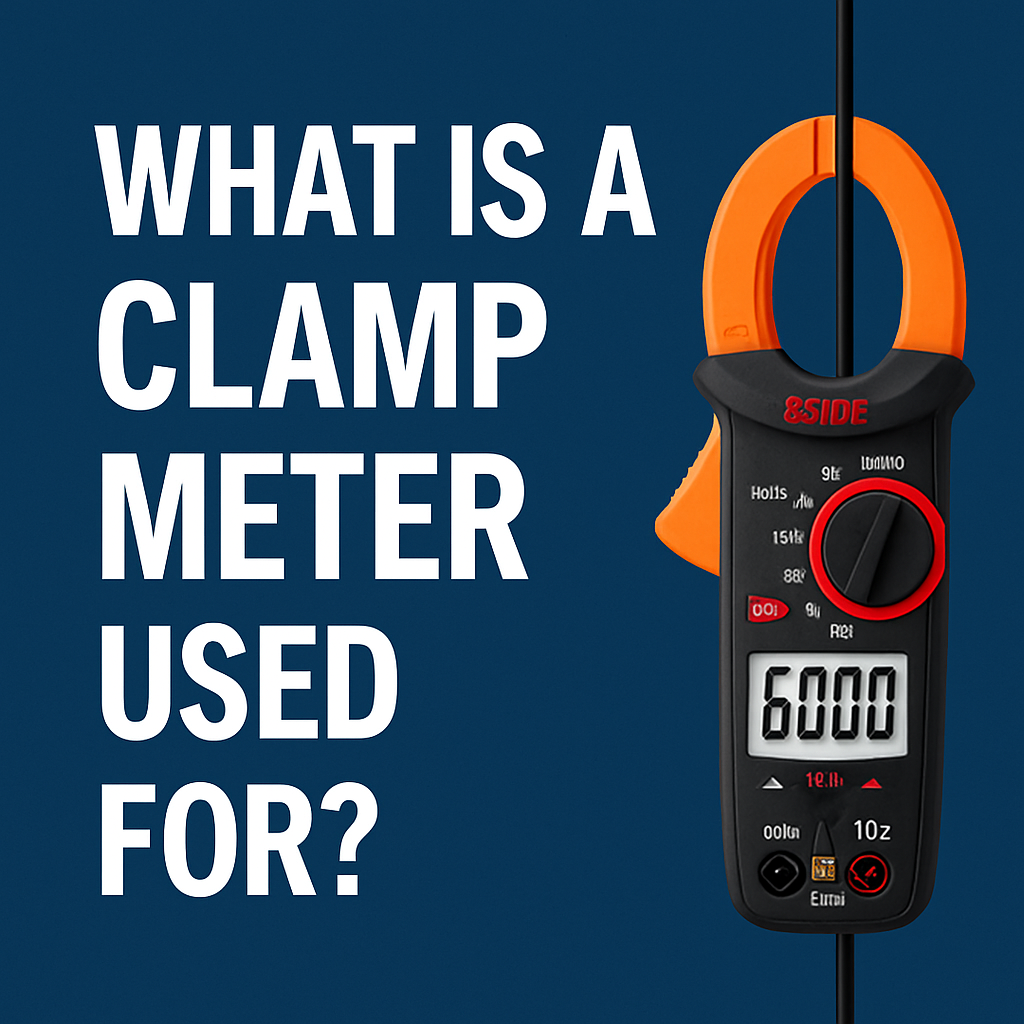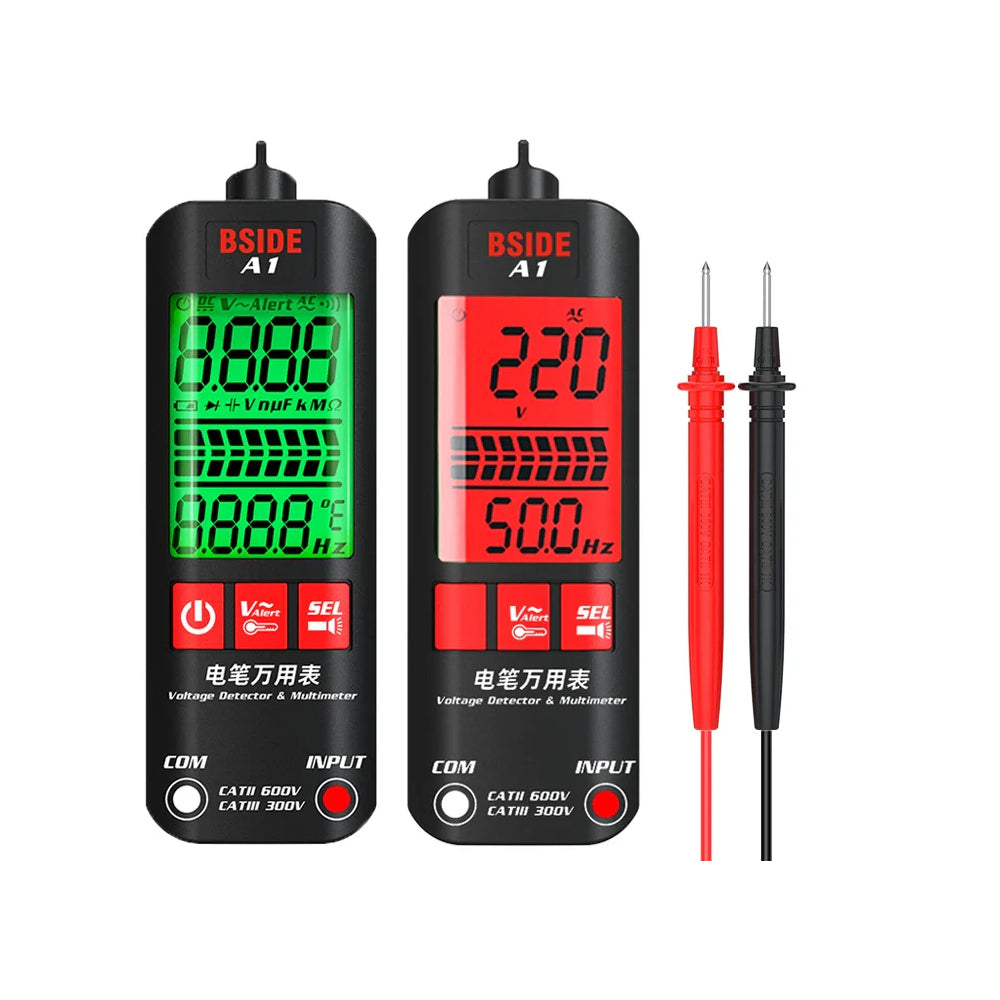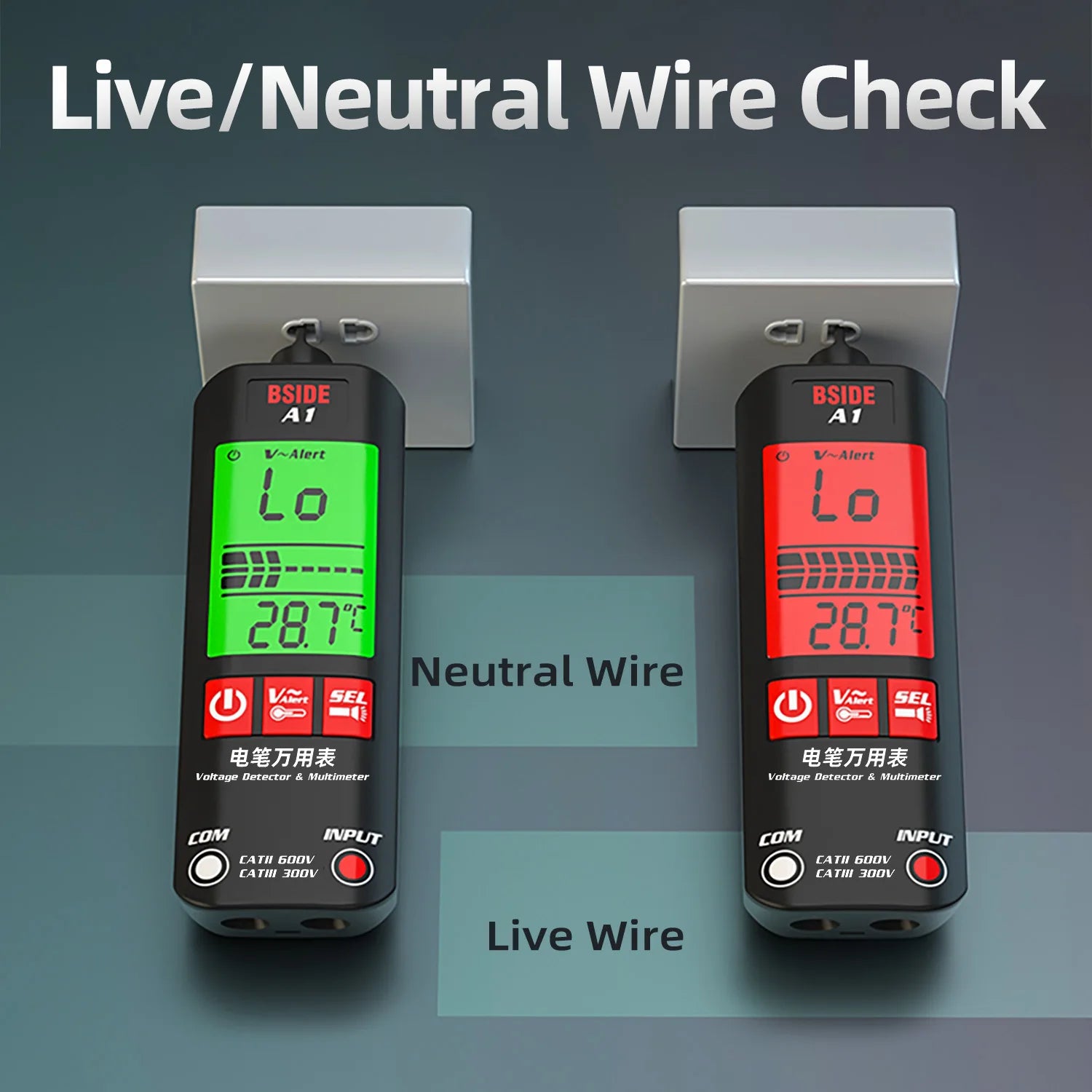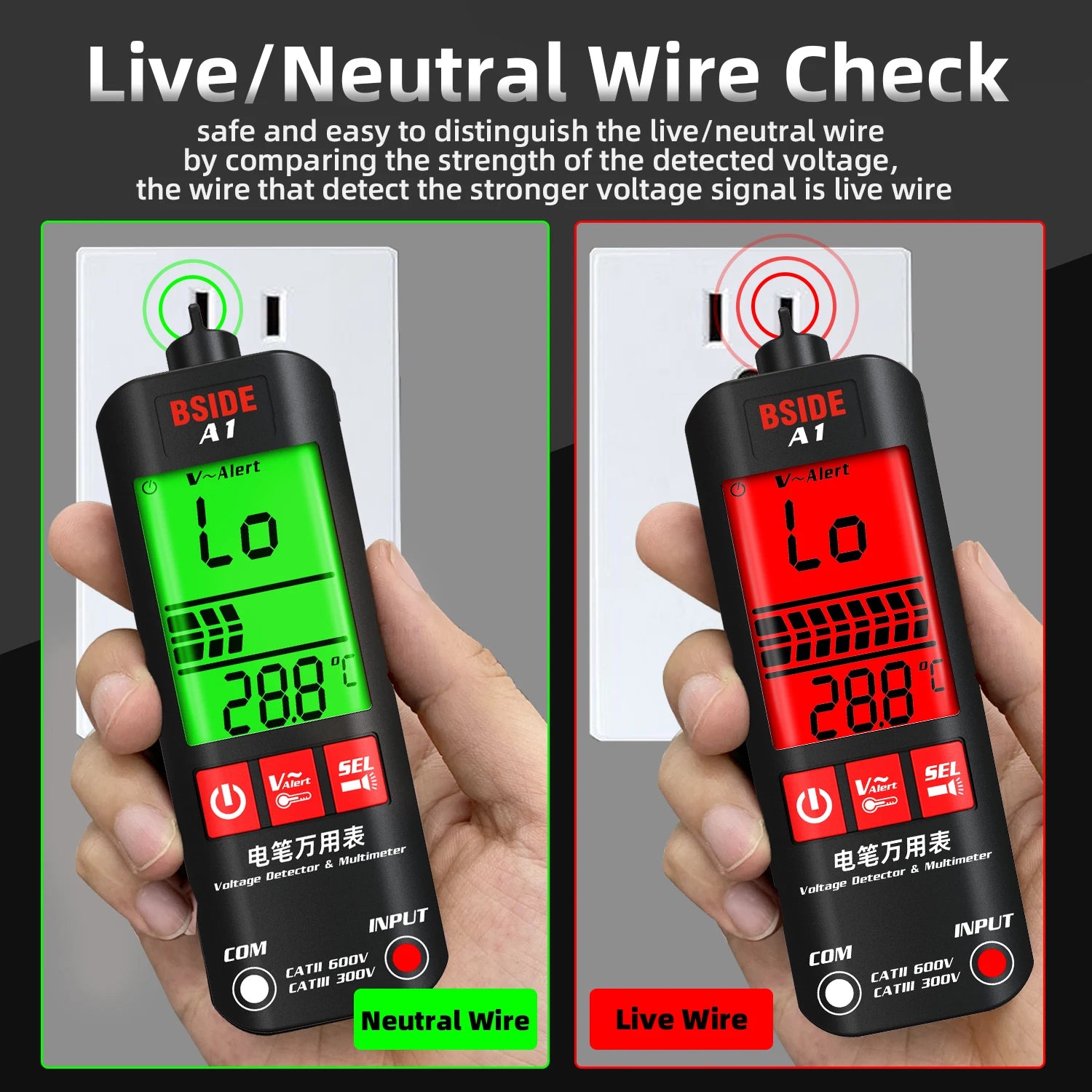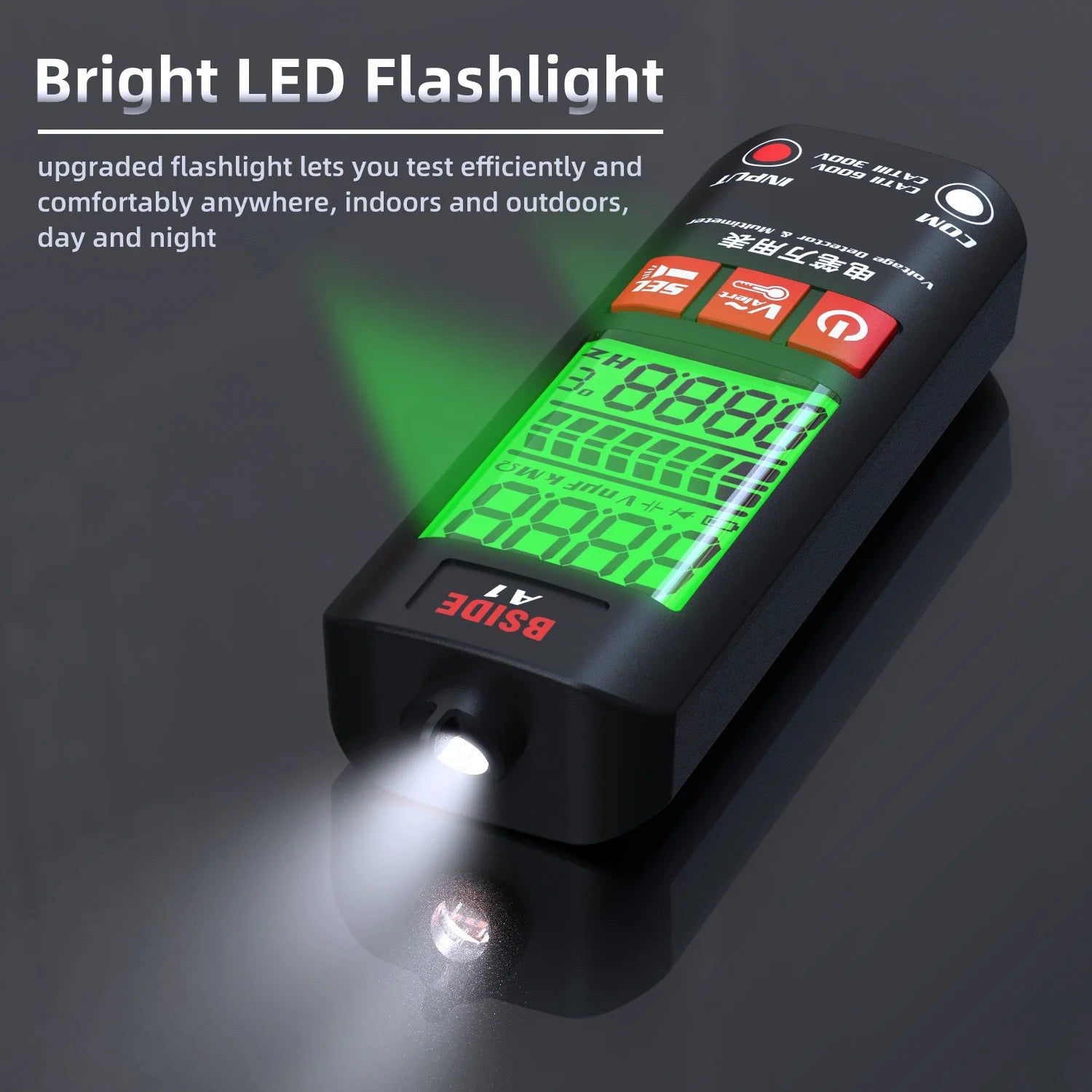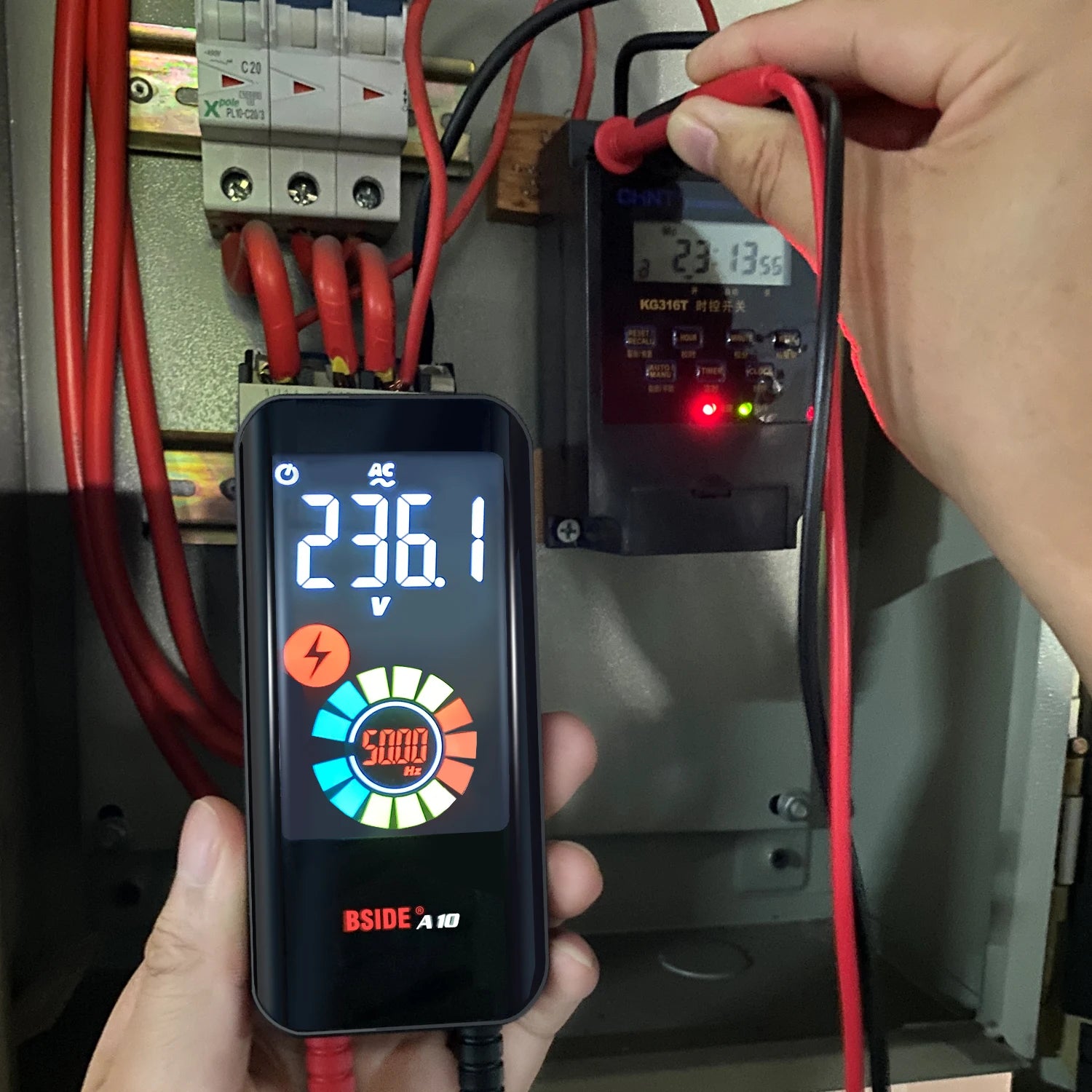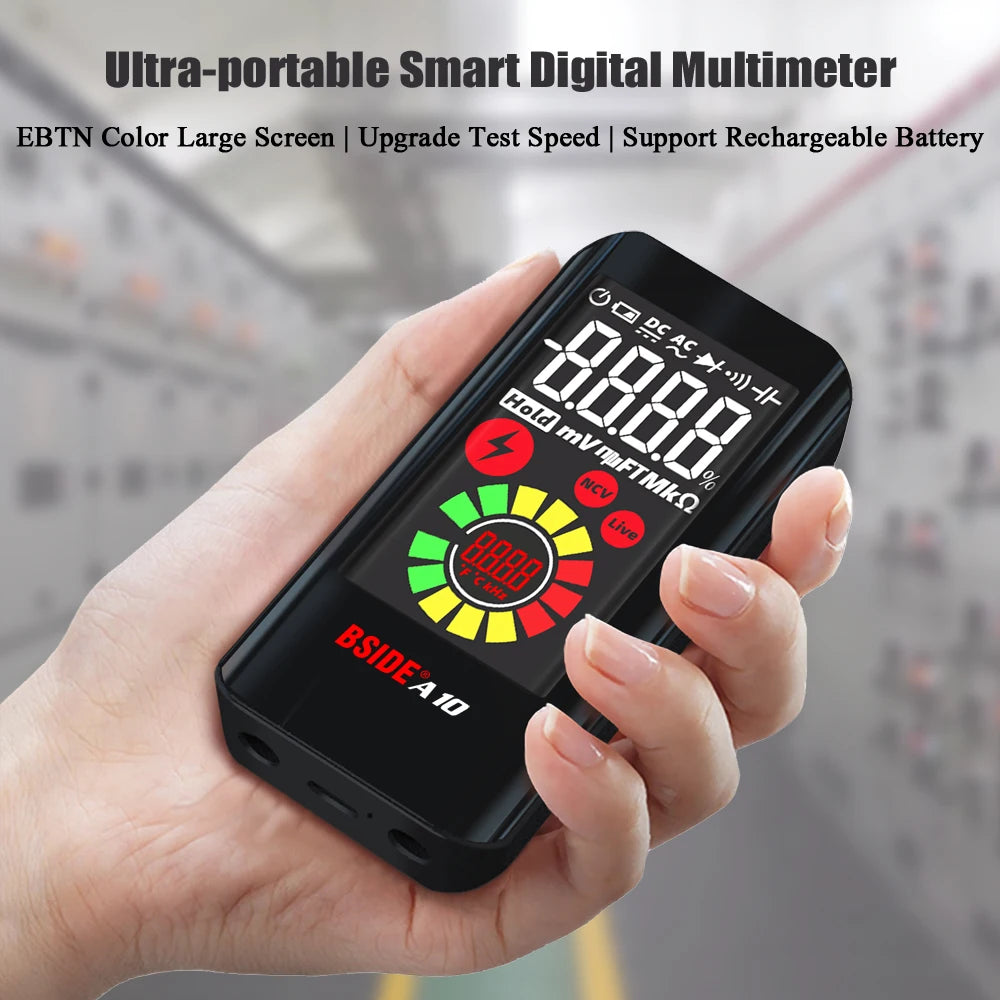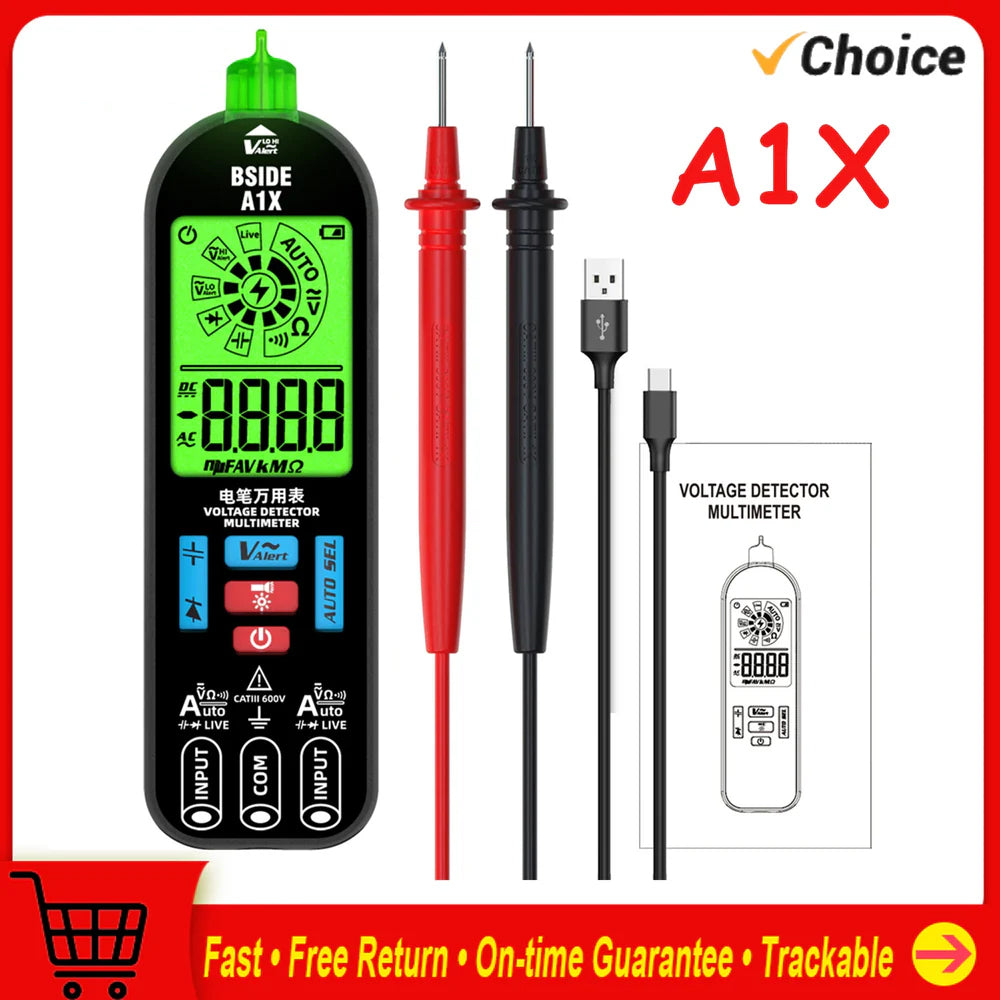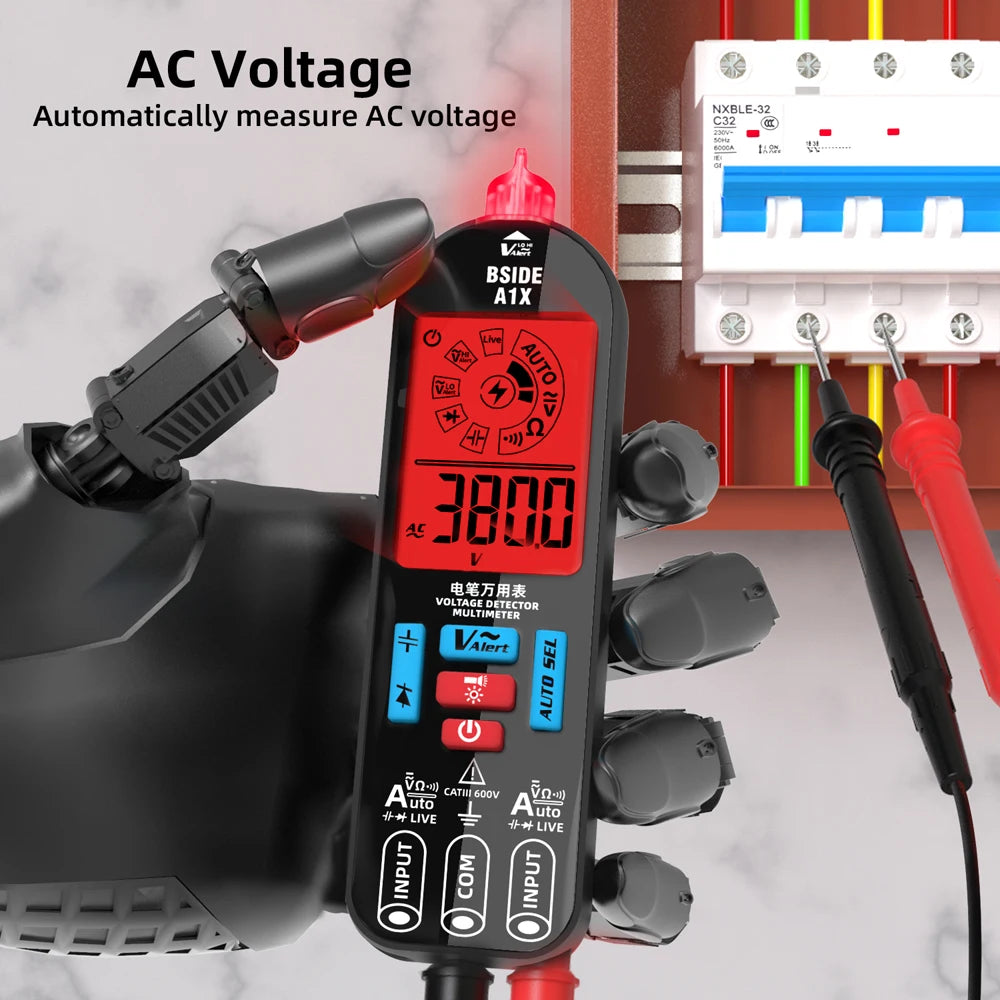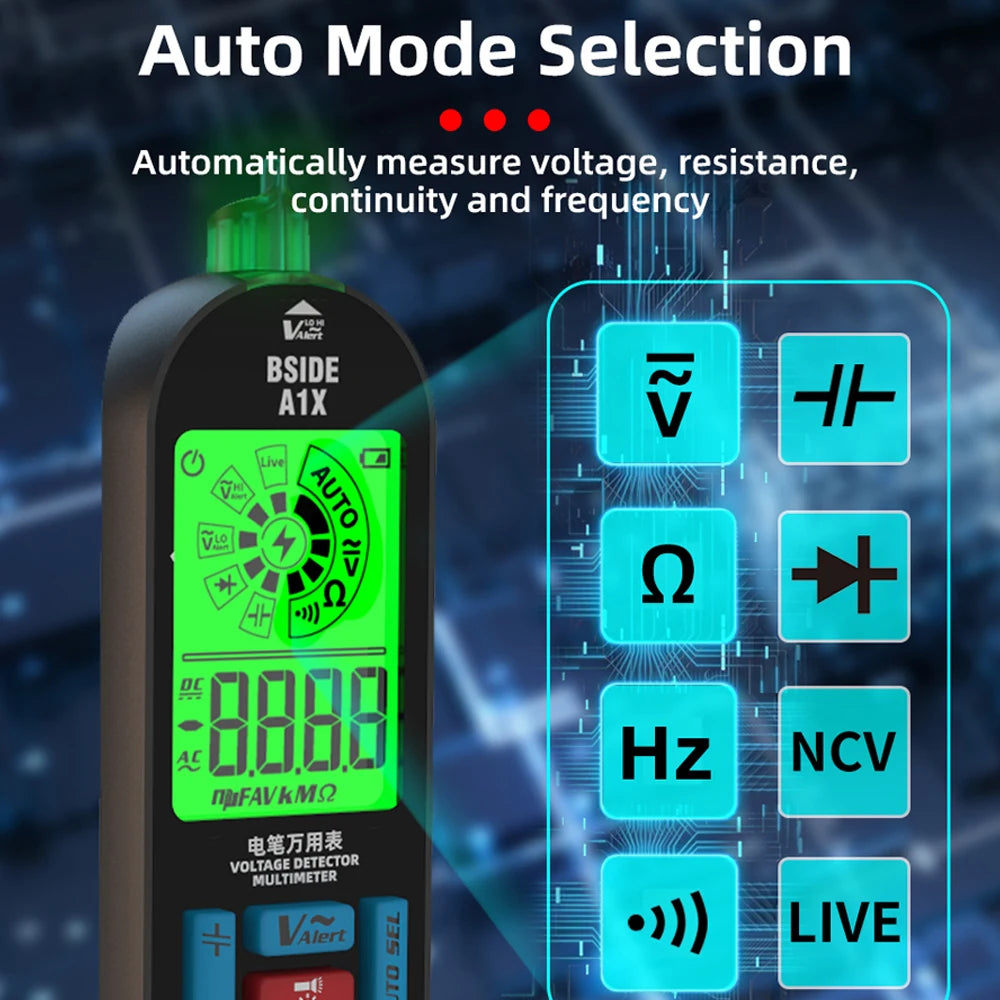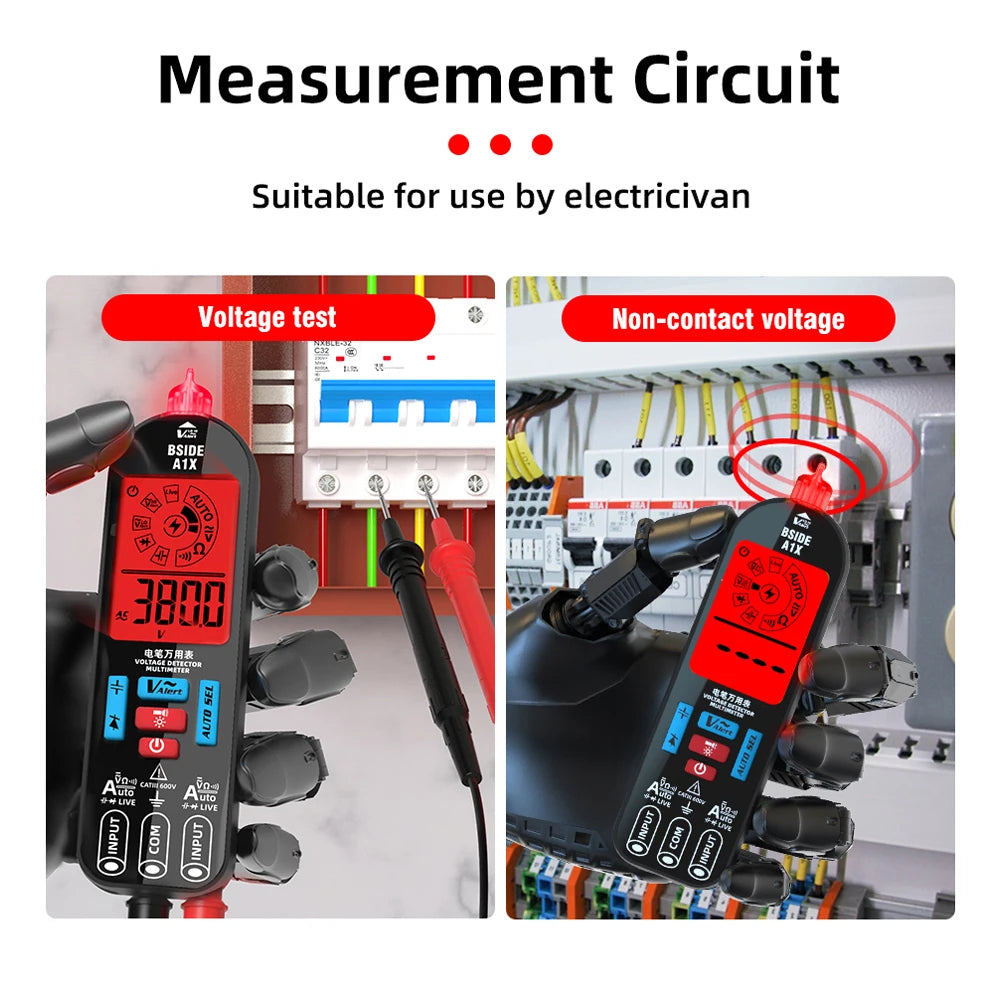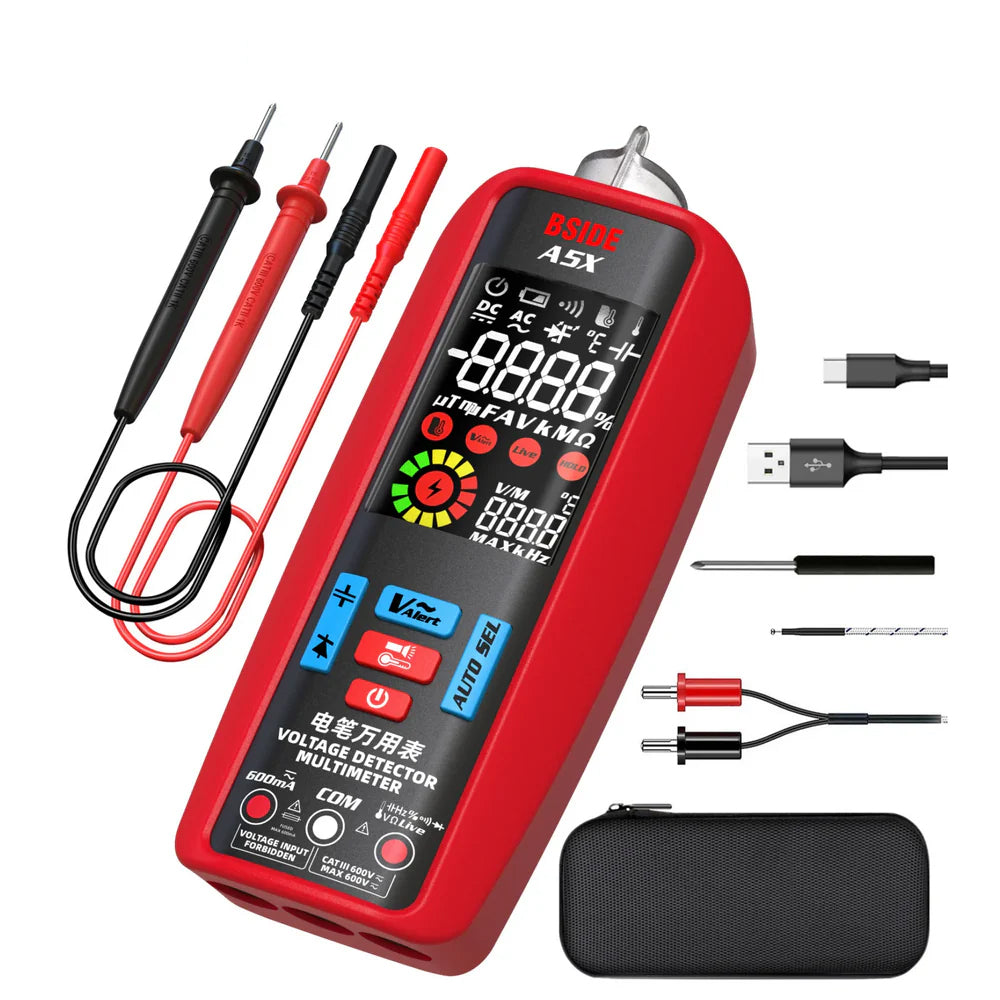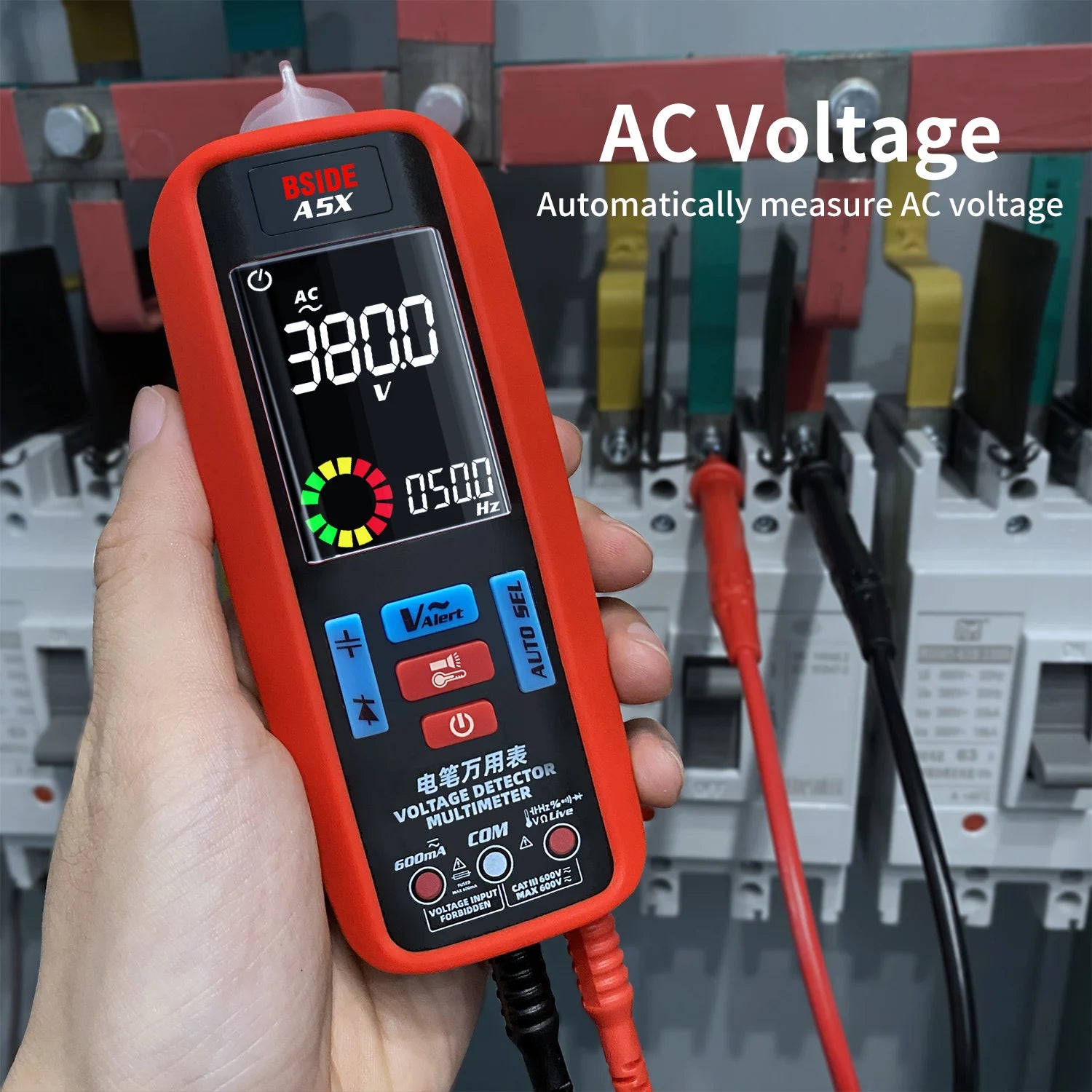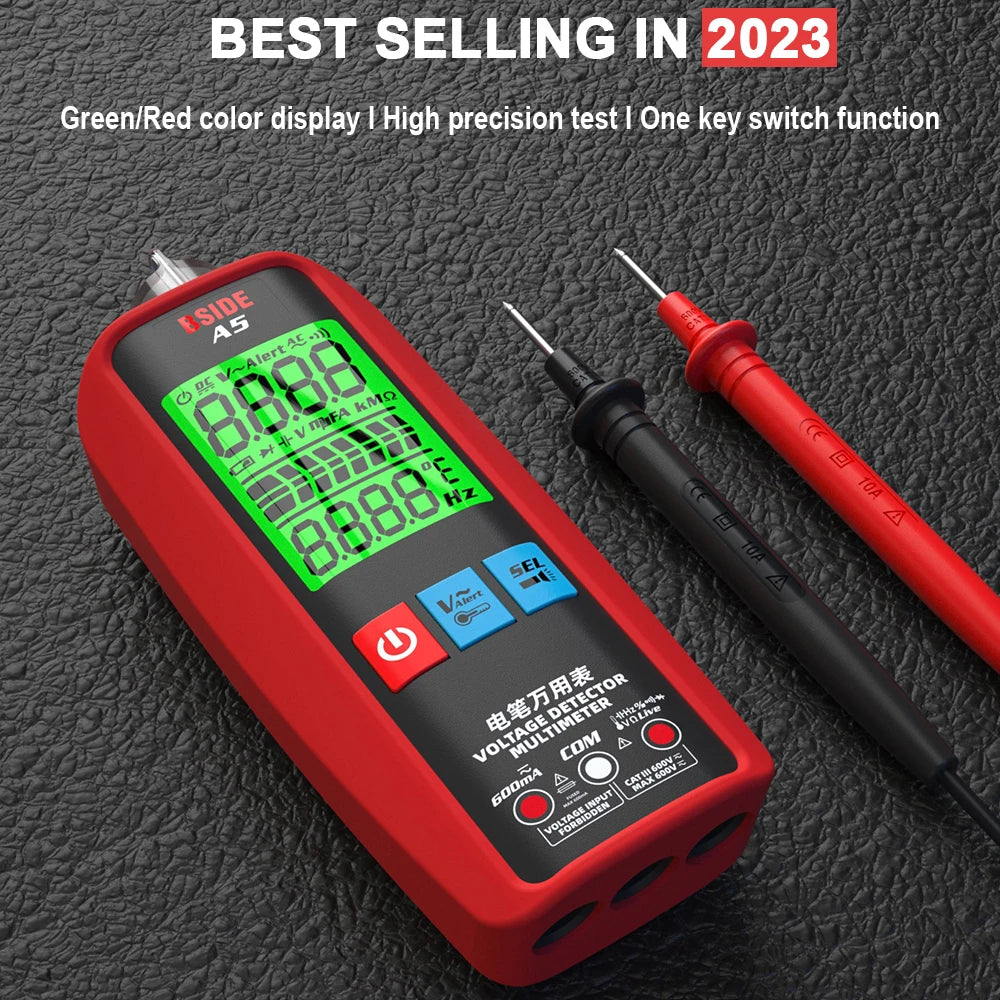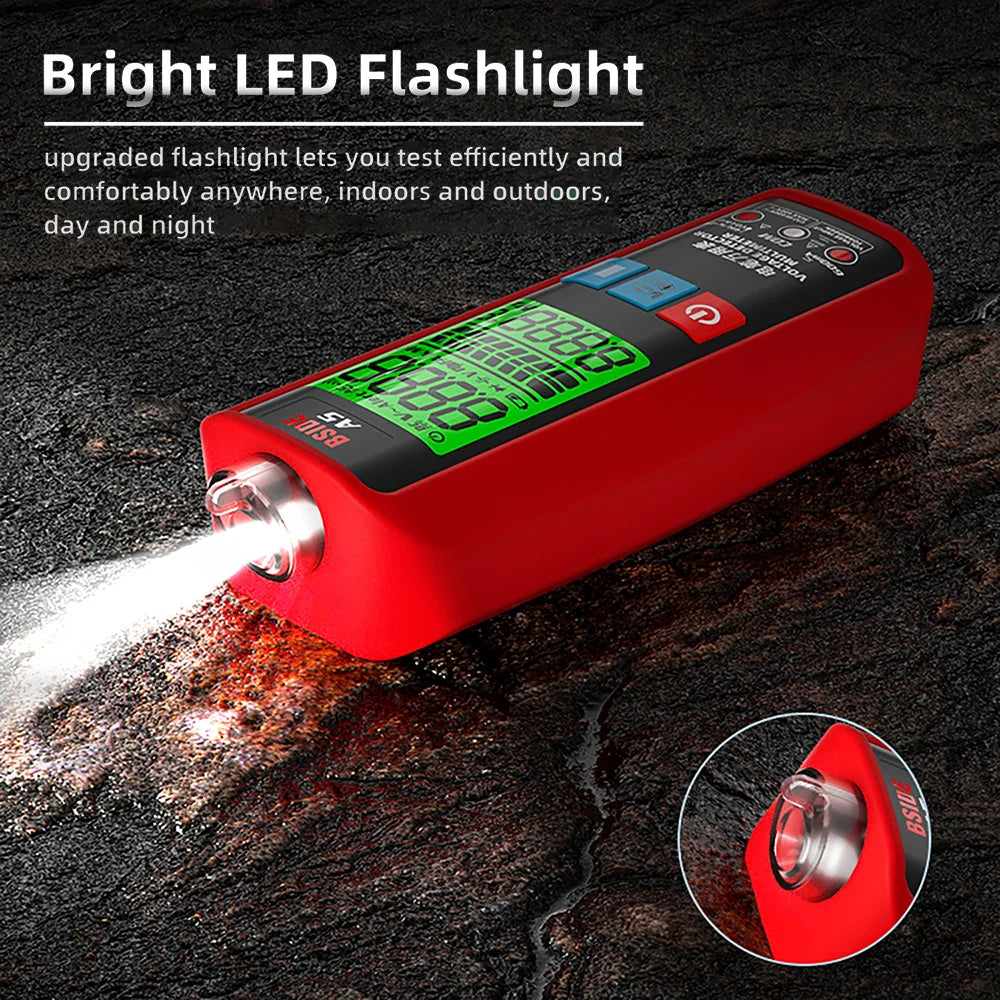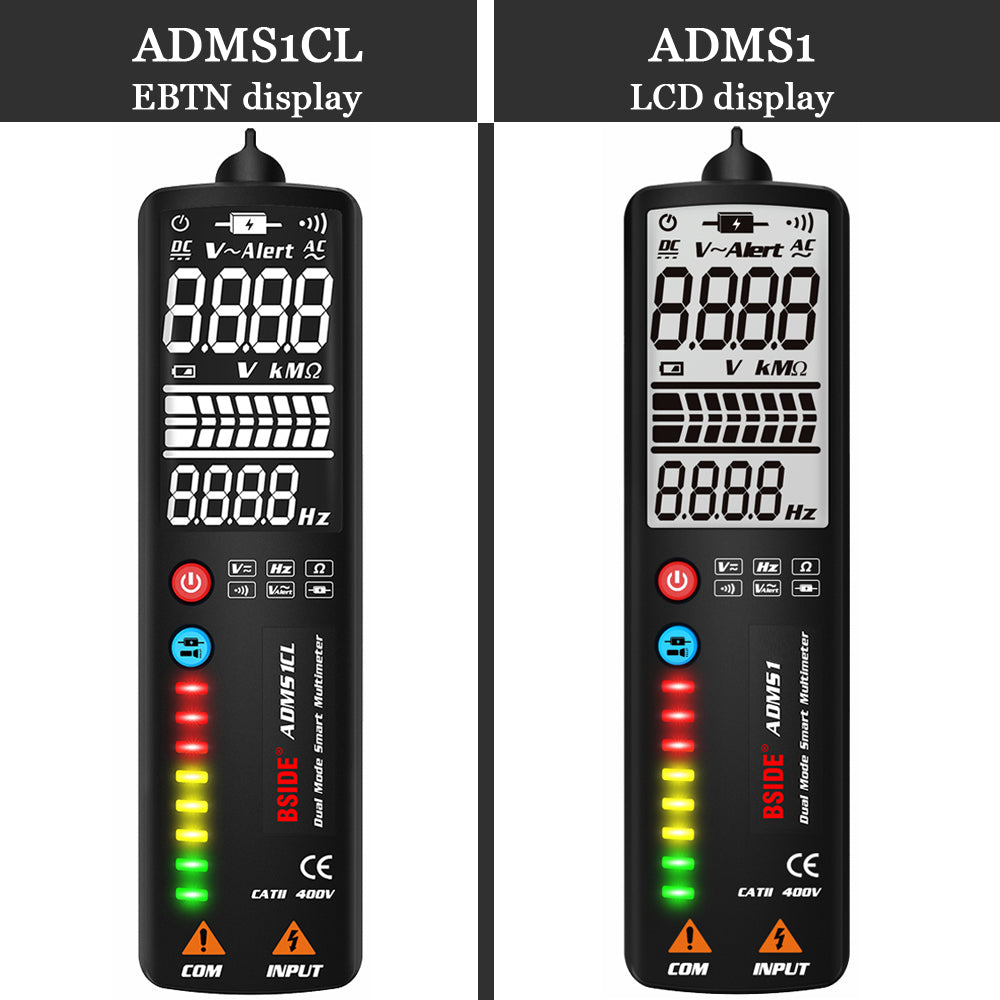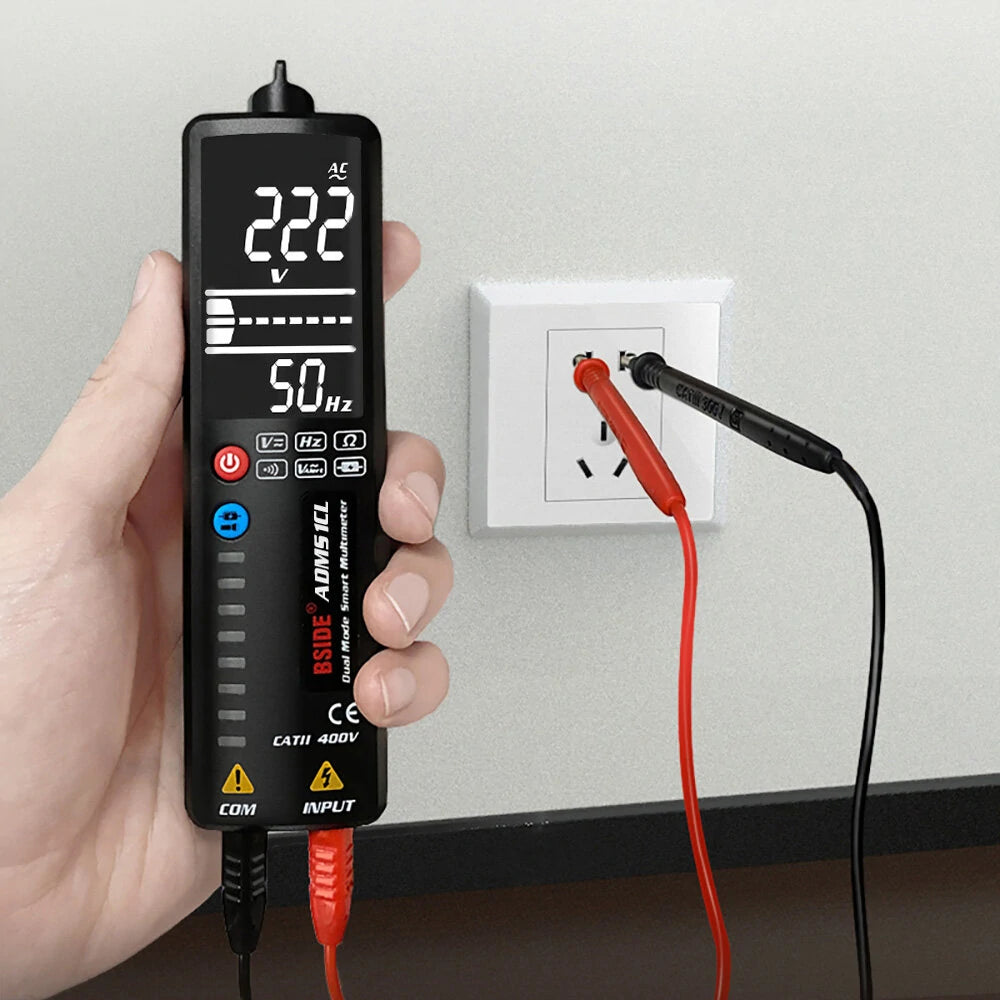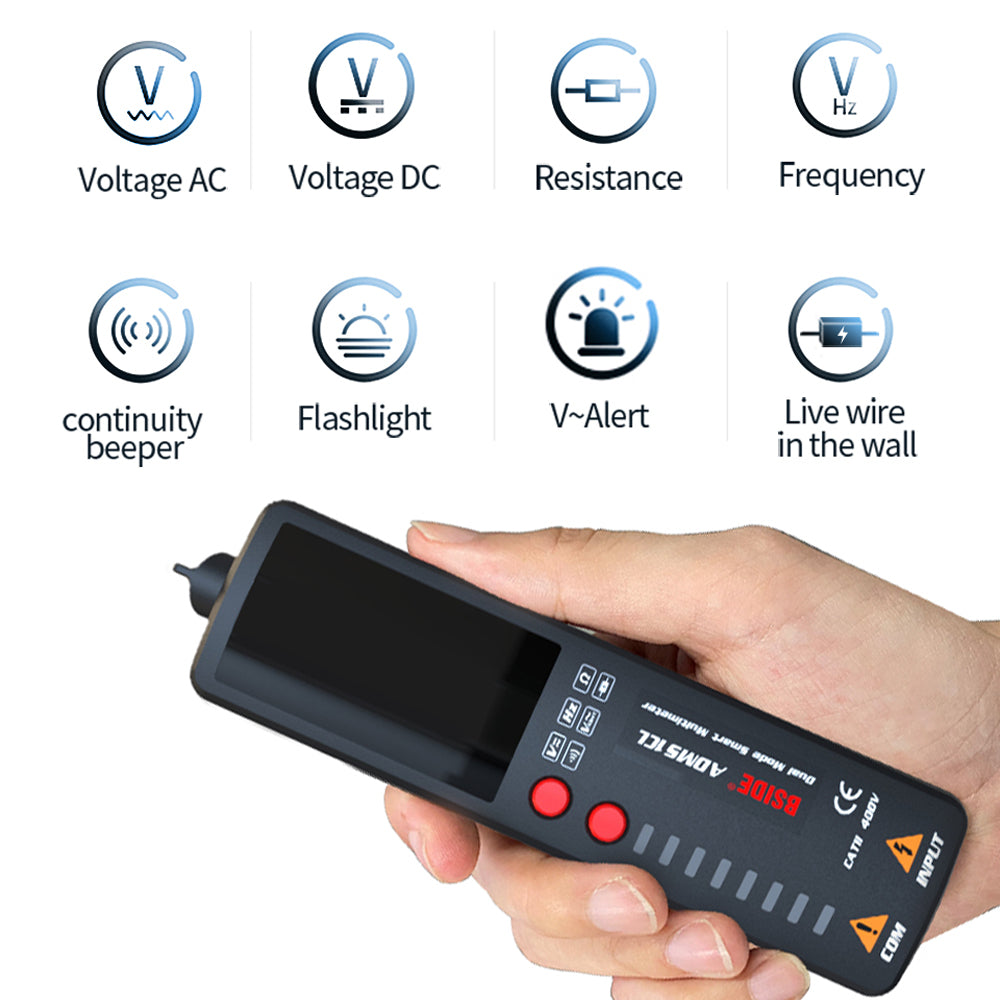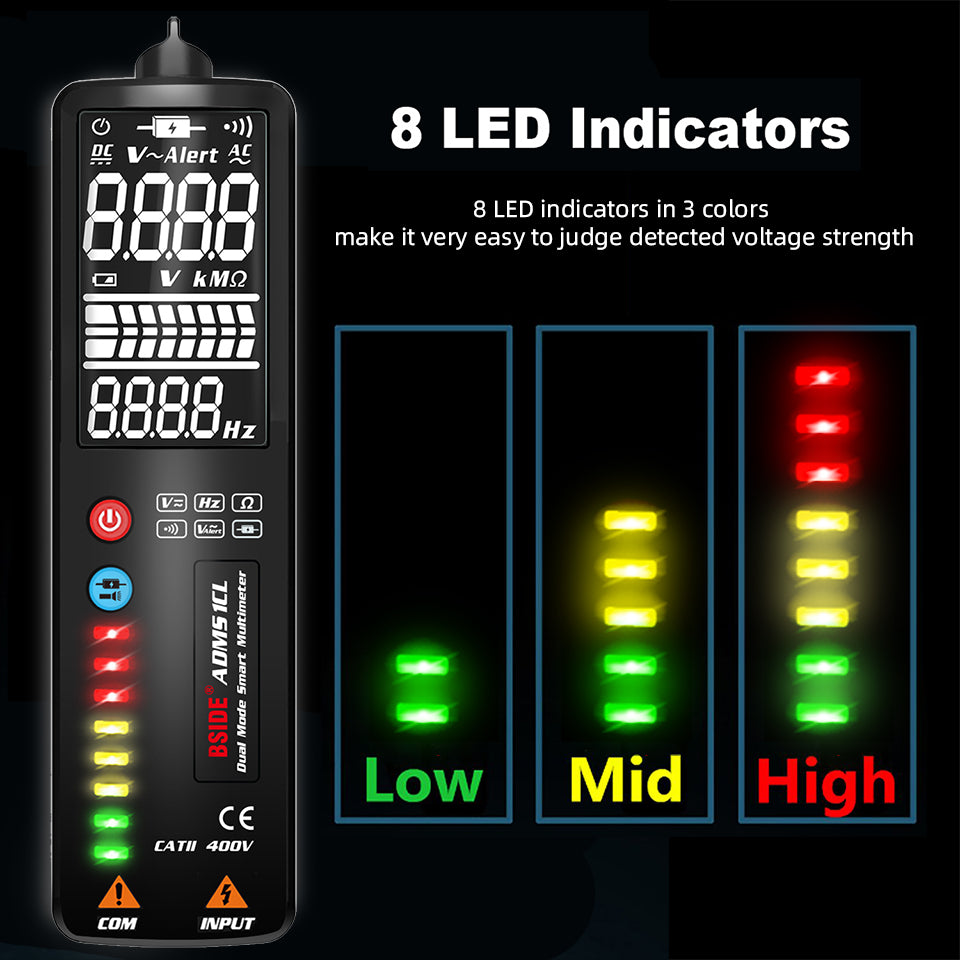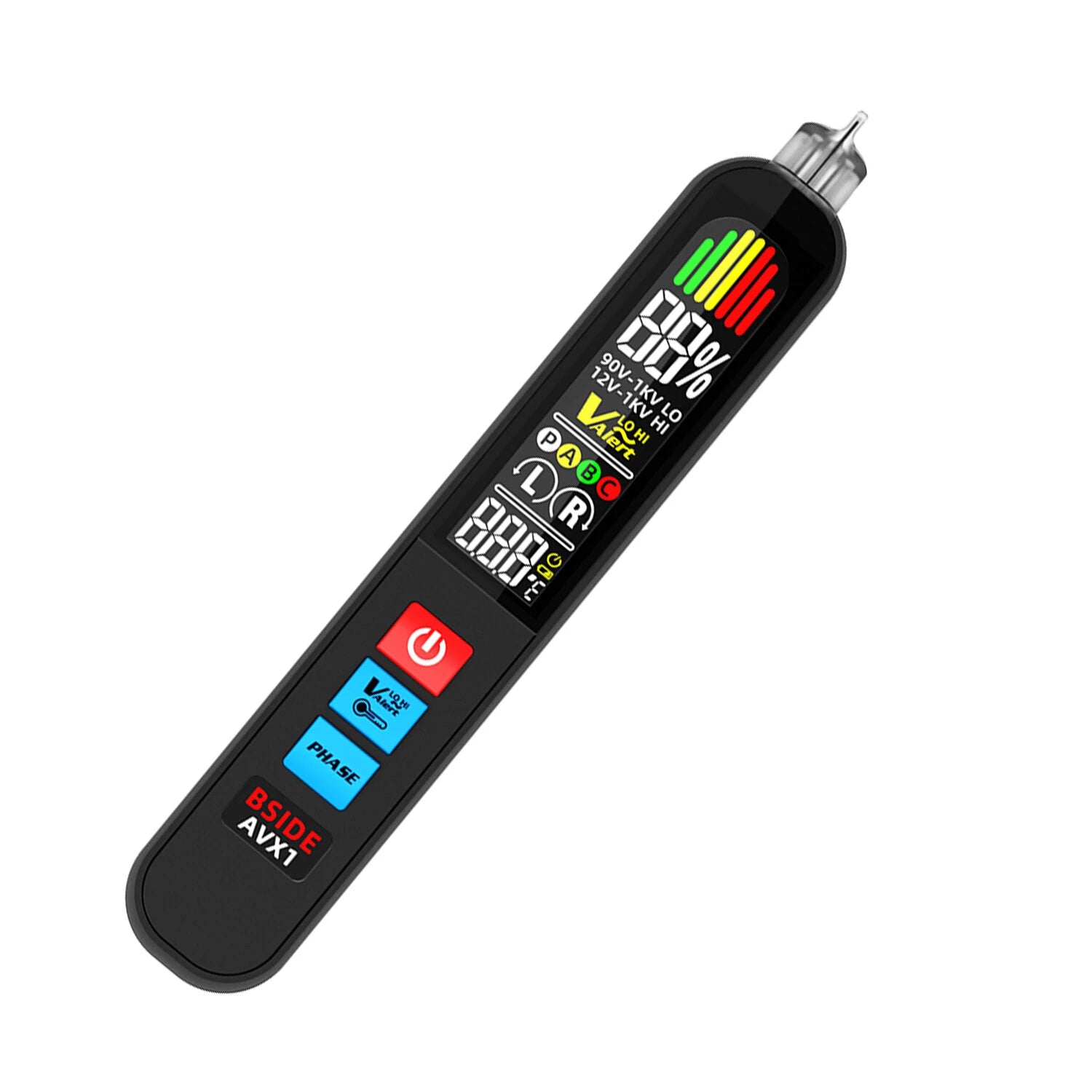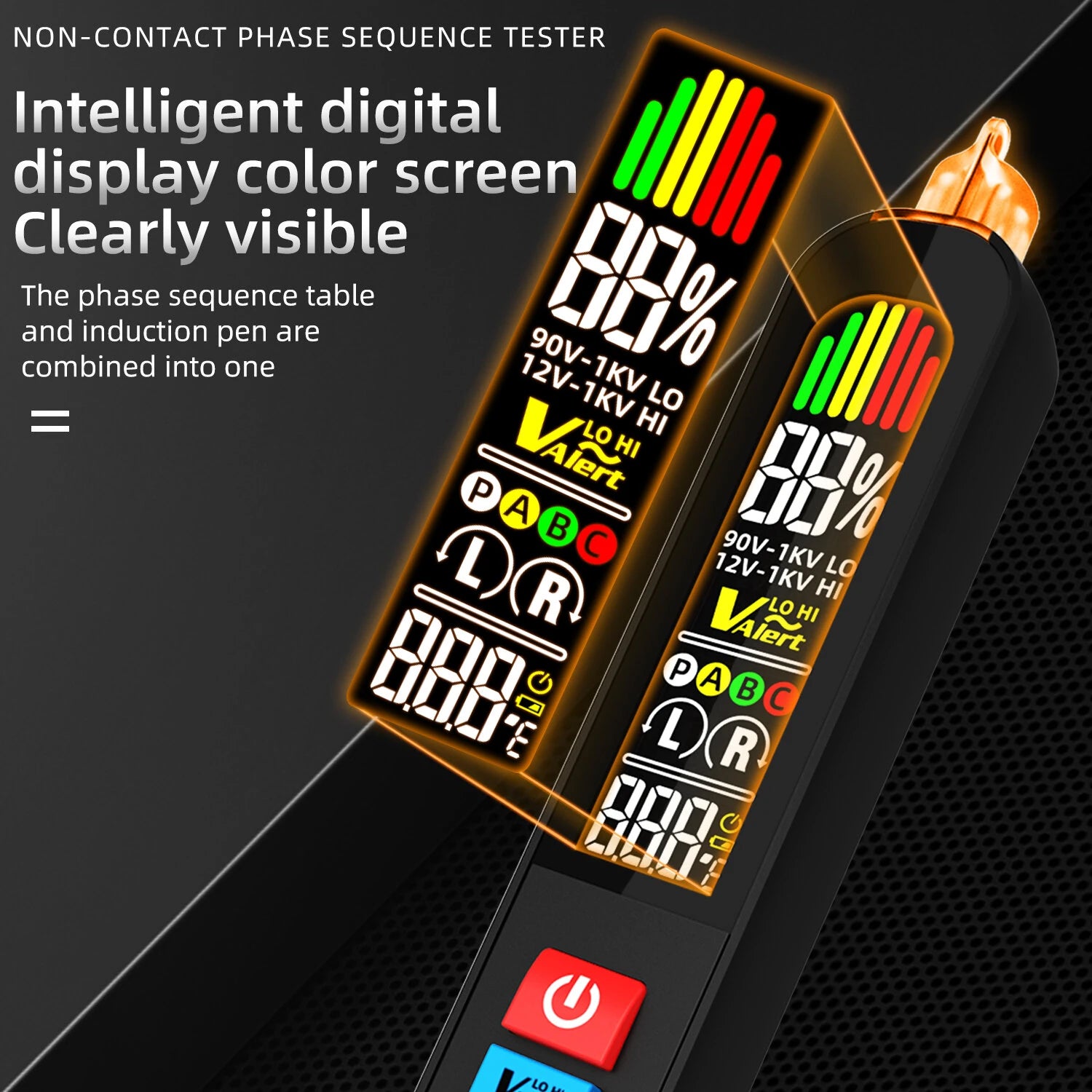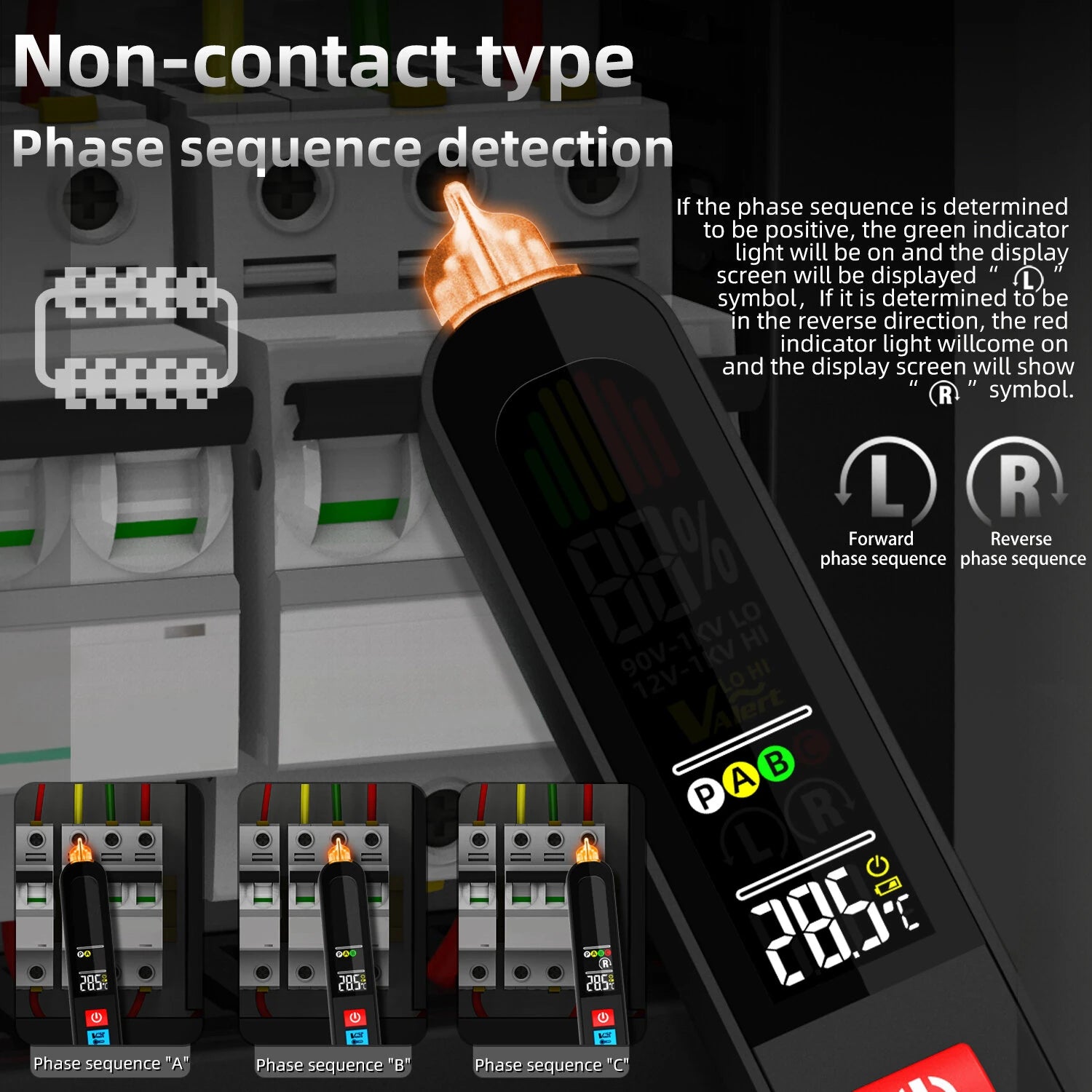🔍 What Is a Clamp Meter?
A clamp meter is a device that measures electrical current (amperes) by clamping around a conductor. Unlike traditional multimeters that require circuit interruption, clamp meters offer non-contact current measurement, making them safer and more convenient for high-current testing.
Modern clamp meters often combine current measurement with multimeter functions like voltage, resistance, continuity, frequency, and more.
⚙️ What Is a Clamp Meter Used For?
Here are the top uses of a clamp meter:
1. Measuring AC or DC Current Without Breaking the Circuit
Clamp meters can measure high levels of current (e.g. 100A, 600A, 1000A) simply by clamping around a live wire. This is extremely useful in:
-
Power distribution panels
-
Electric motor diagnostics
-
Industrial equipment
2. Troubleshooting Electrical Loads
Electricians use clamp meters to:
-
Check if circuits are overloaded
-
Monitor energy usage
-
Detect imbalanced loads
Clamp meters with data logging functions are especially useful for tracking current over time.
3. HVAC System Testing
Clamp meters are popular in HVAC work for:
-
Measuring compressor current draw
-
Monitoring fan motors
-
Verifying amperage on HVAC circuits
They’re often combined with temperature or capacitance modes for complete diagnostics.
4. Automotive Electrical Testing
Some clamp meters (especially DC-capable ones) are great for automotive uses:
-
Measuring alternator output
-
Testing starter motor current
-
Checking battery drain or parasitic draw
Make sure to use a clamp meter that supports DC current for automotive work.
5. Solar and Battery System Maintenance
Clamp meters are ideal for monitoring:
-
Inverter output
-
Battery bank charging/discharging
-
Solar panel performance
They're often used in off-grid and renewable energy system diagnostics.
✅ Who Should Use a Clamp Meter?
-
Electricians – For safe current testing in residential, commercial, or industrial settings
-
Technicians & Engineers – For diagnostics in control panels, motors, or machinery
-
DIY Enthusiasts – Especially those working with EVs, solar systems, or smart homes
-
HVAC Specialists – For fast amp checks on HVAC equipment
-
Auto Mechanics – For safe and quick DC current tests
🧰 Tip: Choosing the Right Clamp Meter
When choosing a clamp meter, consider:
-
AC or AC/DC support
-
Current range (e.g. 0–600A, 0–1000A)
-
Additional functions (voltage, resistance, continuity, temp)
-
Display type (backlit, auto-ranging, data hold)
-
Jaw size (large enough for your conductors)
BSIDE clamp meters, such as the model ACM91 or CM01, are designed for both professionals and hobbyists, combining precision with user-friendly features.
🔚 Conclusion
Clamp meters are one of the most efficient and safest tools for measuring electrical current. Whether you’re a pro or just getting into electrical work, adding one to your toolkit is a smart move.

